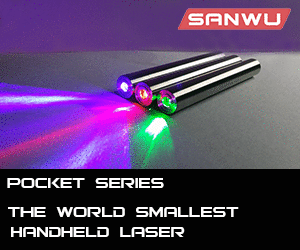Userro
0
- Joined
- Dec 26, 2010
- Messages
- 70
- Points
- 0
I have this thing, could it be of use?



Follow along with the video below to see how to install our site as a web app on your home screen.
Note: This feature may not be available in some browsers.





I've built a test load with VERY similar resistors. You just need to watch the rectifier diodes orientation. It is marked with a gray stripe where it is negative, and nothing where it is positive. Wire one diode positive with another diode negative and you'll be fine. I'd post my test load but I'm without a camera..
by the way.. what is your soldering iron power? It should be marked on its retail box something like 10W, 15W, 30W etc.. when it is on you can feel the heat ~10cm away? I'm skeptic about your laser diode with a big solder blob in his pins. :cryyy:
Right! You got it. Not that many diodes, tho, for reds I use three..
(-) --|>|----|>|----|>|--(- measure here)--/\/\/\/\--(+ measure here)(+)
You have a multimeter.. you show it up on another picture... it just need to suport milivolt scale (show as 1000m in some multimeter, or 1v etc.) with it you can measure safely.
about your 2nd reply:
My recommendation if you do not know your soldering iron power..
turn it on and keep trying to melt solder/tin on him. When the tin melts (after the iron is hot enough) keep it on for 2 minutes more, and turn it off (from the socket or button, if yours have a button). Voilá! You have 2 minutes to solder with it. If you left it on too much time, it can heat the diode and immediatly damage it. I've done it 3 times before I figured it out when I wasn't @ LPF. lol

